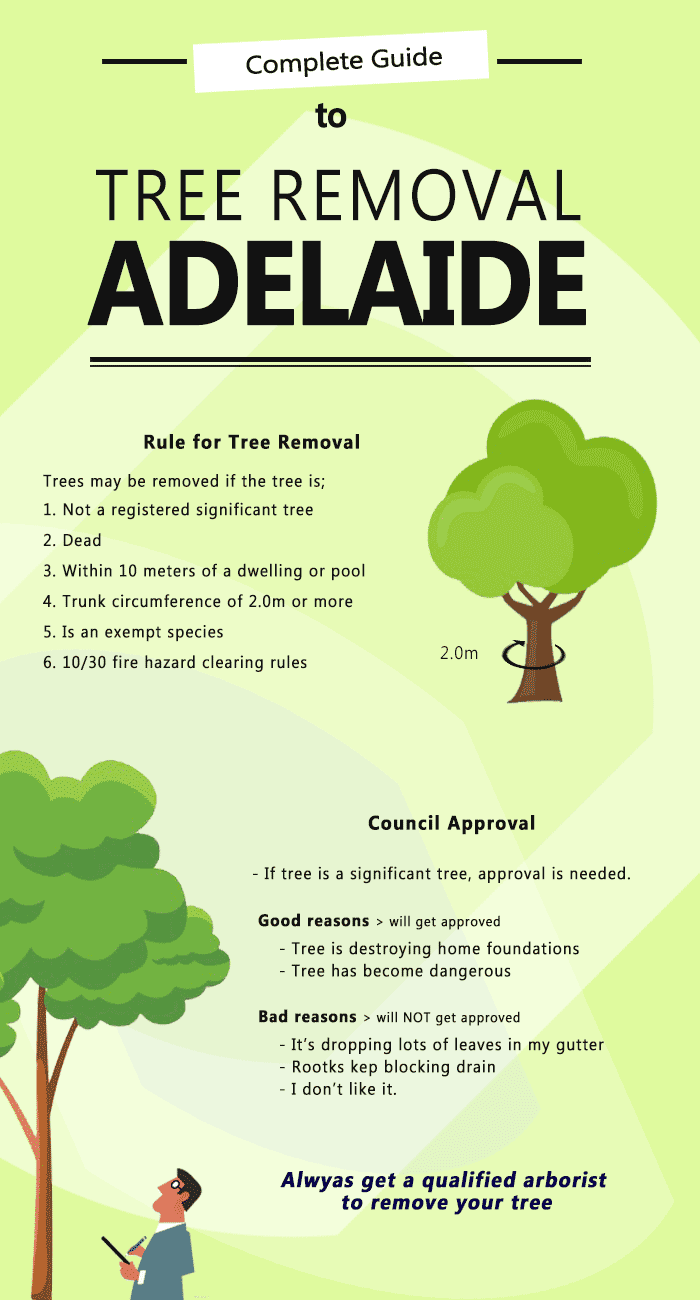Protecting Your Landscape: Replanting After Tree Removal
Protecting Your Landscape: Replanting After Tree Removal
Blog Article
Web Content Created By-Hartley Garrett
Tree elimination can leave a space in your landscape that needs dental filling. You can plant something new in that room, however it takes added care and focus at the beginning to aid it flourish.
The soil because area will certainly keep changing gradually as microbes break down the old origins. That can affect the vitamins and mineral balance and physical area for new development.
Dirt
The soil in a story where a tree has actually been removed is likely to be extremely various from the rest of your yard or yard. https://www.travelandleisure.com/trip-ideas/national-parks/joshua-tree-camping-tips of the old tree and the stump will have changed the dirt, eliminating some nutrients and potentially crowding out other plants. In addition, if the previous tree was diseased, the transmittable agent might still be in the ground.
The visibility of origins fosters a rich and varied neighborhood of dirt bacteria that enhances necessary procedures like vitamins and mineral cycling and organic matter decay. Without these microbes, the displaced dirt can become much less fertile and nutrient-depleted, with an unfavorable impact on plant growth.
Prior to replanting, the soil ought to be eliminated of debris and natural material (such as wood chips from stump grinding). You might desire to mix in potting dirt or indigenous dirt with this garden compost to provide your brand-new planting with an environment that is well balanced and loaded with nutrients.
Water
Tree roots absorb huge amounts of water from the soil. This procedure additionally includes nutrients back to the dirt, especially nitrogen, which is important for new trees and plants. Sadly, old soil can be diminished of these vital minerals because of the worn out origins and stump from a removed tree.
This is why it's important to have a plan for the future of your landscape. Preferably, the very best time to plant is when you have a clean slate.
Whether you're planting turf or flowers, make certain to use a soaker pipe to avoid overwatering your new landscaping. If the location was a yard, see to it to cover the dirt with natural compost to aid keep dampness in the dirt, manage dirt temperatures and suppress weeds. This also provides a layer of security for young plants and advertises worm task. Then, frequently renew the mulch to continue improving the dirt nutrient density and microbial life. This is referred to as soil reconstruction.
Light
Trees are a fantastic addition to any landscape, giving shade, visual pulchritude, and many various other benefits. However, often trees become unsightly as a result of a selection of reasons, consisting of condition, insect invasions and all-natural aging.
In such cases, it might be essential to get rid of a tree. It is essential to think about the worth of a certain tree in your landscaping and take the correct actions to guarantee that the elimination is done securely and efficiently.
Throughout the late summer season, it's an optimal time to perform maintenance and assessments on existing trees. Try to find indications of illness, insect invasions, or structural damages, along with any prospective risks such as damaged or leaning trees.
Before starting any building and construction jobs, make certain to shield the origin zones of existing trees by staying clear of soil compaction and grading around them. Organic matter, as it breaks down, can create poisonous gases that are destructive to the origins of a tree. It's additionally an excellent idea to mulch the location around a tree after construction has actually completed to preserve moisture and suppress weed growth.
see this are necessary to a landscape for their visual charm, yet they also play an important role in the local ecosystem by offering color and windbreaks. They support wild animals habitats and decrease the amount of co2 airborne, which can contribute to international warming. This is why it is advisable to replant trees after getting rid of one from the residential or commercial property.
When replanting a new tree in the place of a previous stump, the dirt may not have adequate nutrients to support it. It is best to wait on a year before planting to guarantee that the dirt will certainly be rich in nutrients.
To ensure that replanted trees thrive, it is important to give them with correct treatment. A layer of mulch will maintain soil dampness from evaporating, manage dirt temperature level, and aid reduce weeds. Organic compost is the recommended selection because it boosts dirt fertility. Recurring fertilizing and bug control are likewise necessary for replanted trees.